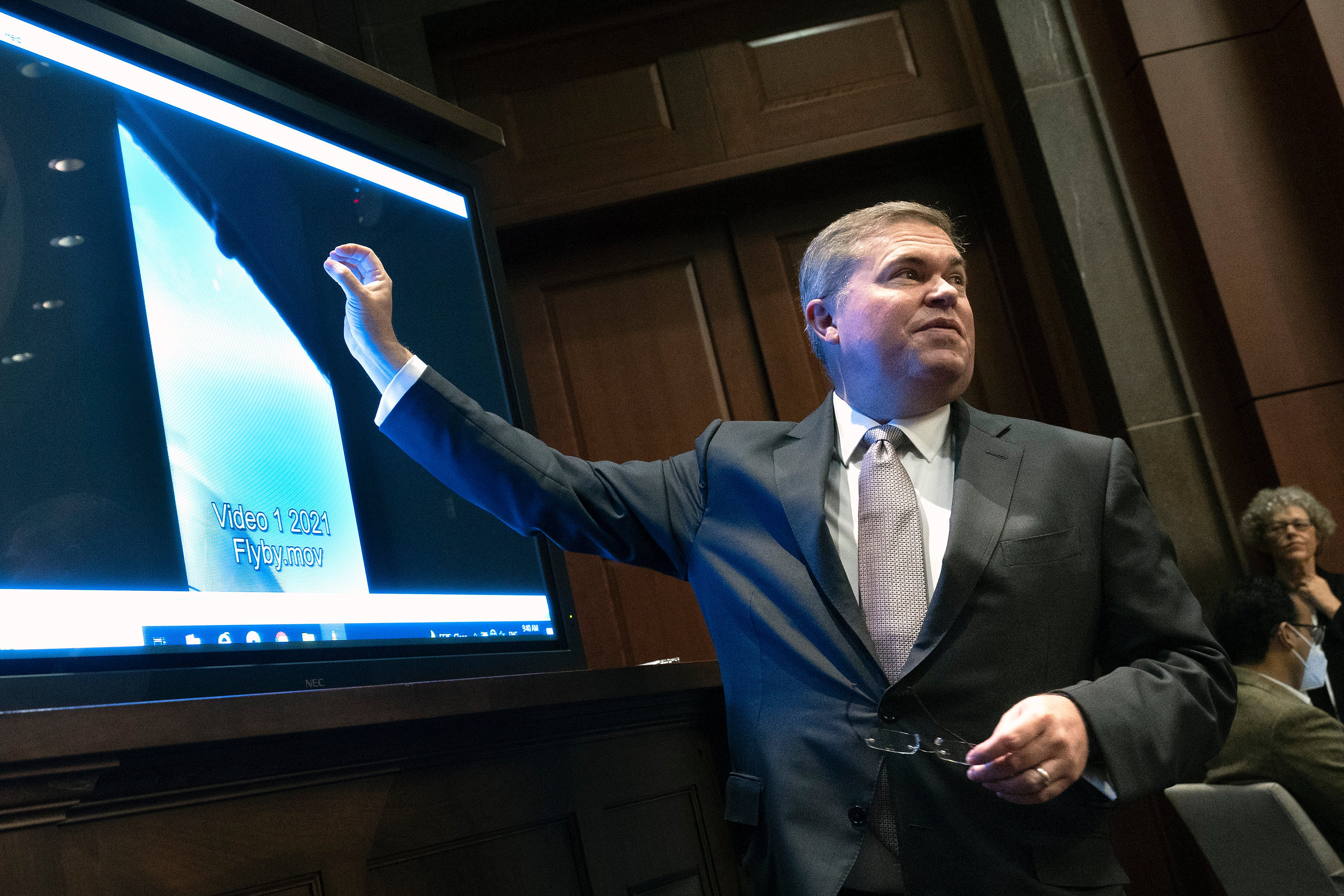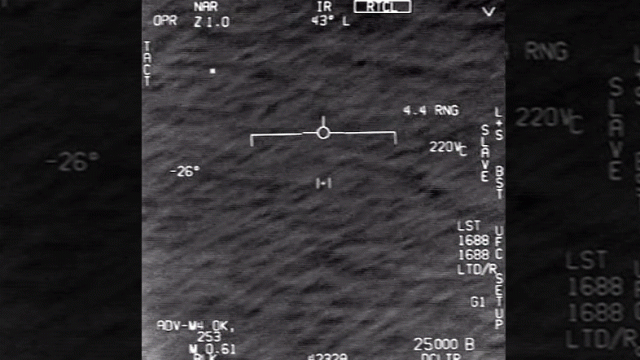NASA will commission a team of scientists to begin investigating unidentified aerial phenomena (UAPs) this fall, the agency announced today.
UAPs are simply unidentified flying objects (UFOs) with less of a little-green-alien connotation about them. And that’s reasonable, because things labelled UFOs may not be flying objects at all, but instead optical illusions, image artifacts, or something else. Whatever UAPs are, they’ve been in the news lately, as U.S. House Intelligence Committee held several hearings about the phenomena that failed to reach any concrete conclusions. The hearings resurfaced some of the rare (but spell-binding) videos of UAPs, which were declassified by the Pentagon over the last few years, as well as some previously unreleased footage.
The videos supposedly show geometric shapes behaving in ways no known technologies or creatures are capable of. But the hearings basically rehashed that U.S. military personnel don’t know much about these phenomena — or at least, that they say they don’t know much. Now, NASA is getting involved.
“NASA believes that the tools of scientific discovery are powerful and apply here also,” said Thomas Zurbuchen, the associate administrator for science at NASA, in an agency release. “We have access to a broad range of observations of Earth from space – and that is the lifeblood of scientific inquiry. We have the tools and team who can help us improve our understanding of the unknown. That’s the very definition of what science is. That’s what we do.”
NASA is not part of the Department of Defence’s effort to demystify the skyborne phenomena (the Unidentified Aerial Phenomena Task Force, now the Airborne Object Identification and Management Synchronisation Group). However, NASA will now assemble a team that will take a strictly scientific approach to the mystery. They’ll find out what data exists; what data we’d need to solve these puzzles; and how best to go about getting said data. The project is expected to kick off this fall and last nine months.

“Our first task is simply to gather the most robust set of data that we can,” said David Spergel, an astrophysicist and current president of the science-focused Simons Foundation, in the NASA release. “We will be identifying what data – from civilians, government, non-profits, companies – exists, what else we should try to collect, and how to best analyse it.”
According to Daniel Evans, the assistant deputy associate administrator for research at NASA’s Science Mission Directorate, the report’s findings will be shared publicly.
An early step, NASA says, will be to determine which of these events are natural and which may be technological. While NASA may be sceptical about alien spacecraft visiting Earth, it’s bullish about the prospect of extraterrestrial life in general. Several NASA missions are looking for evidence of life outside Earth, including the new Webb Space Telescope and the Perseverance Mars rover.
